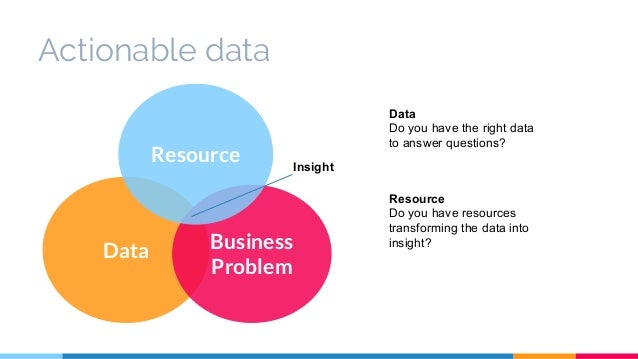Teamwork across organizational boundaries is very much unnatural and very challenging, especially when it is two different companies working in collaboration. While there are plenty of challenges when working across boundaries within the same organization, there are certain things in common that makes it easier to work as team... such as shared management/leadership, resources, funding, and anything else that you can think of. When you bring another company into the mix, you lose a lot of those things.
In my organization, we fly for a couple of membership services that sell seats on private jets/planes. This allows people to experience the thrills and joys of private aviation at a fraction of the cost. We are breaking across organizational boundaries in a mutually beneficial relationship but still do not share the same management and have certain differences that can be frustrating to work around at times.
Some of the problems include marketing the ability to show up close to departure time, which ends up delaying a full day of flights because we missed our first departure time and each subsequent flight is scheduled to depart shortly after arrival. We have many issues with scheduling flights and communication about changes, due to each company having their own software. The membership services do not not have the best knowledge about aviation, so there are a plethora of problems when member expectations aren't met because they were promised something that was impossible for us to do because of legal safety/operational requirements. Additionally, my company sees many improvements that can be made to some of these membership services, but we don't have the ability do anything about it. We offer suggestions to our company, but unfortunately these other companies aren't always willing to listen.
In a Harvard Business Review article, it is mentioned that "competition today punishes companies that make episodic improvements in key processes" (Power, 2012). Therefore it is so important to continuously seek improvement in all areas of an organization, and encourage teamwork across company boundaries: so that all departments of a company works together with suppliers and customers. The unfortunate truth is that "Getting people to improve processes across boundaries typically requires a crisis or constant pushing from a senior leader" (Power, 2012). "The only way to sustain improvement in a cross organizational process is for workers in the process to see it from end to end" (Power, 2012). In my organization, if each company involved would understand the "flow and logic" behind operations and procedures everyone would benefit. We can both held each other improve, and learn why things are a certain way.
Once everyone has a better understanding of each other, it would translate to better communication to the customers. For example, it would allow a customer service representative to better explain why a flight was canceled or rerouted. Customers can have more accurate expectations and less disappoints. With everyone working together, the things that can be changed become clear and identifiable.
It is crucial to implement the changes that have been identified, but it is even "[more important] to maintain the team's effort to continually improve the process and not accept slippage"(Power, 2012).
By encouraging an open door policy, accepting criticism, and encouraging teamwork across boundaries it the best way to ensure success. In my example, both companies directly benefit from each others success and should learn how to work better together as a team.
By encouraging an open door policy, accepting criticism, and encouraging teamwork across boundaries it the best way to ensure success. In my example, both companies directly benefit from each others success and should learn how to work better together as a team.
Power, B. (2012). Get Your Team to Work Across Organizational Boundaries. Retrieved from https://hbr.org/2012/04/building-a-team-across-organiz



